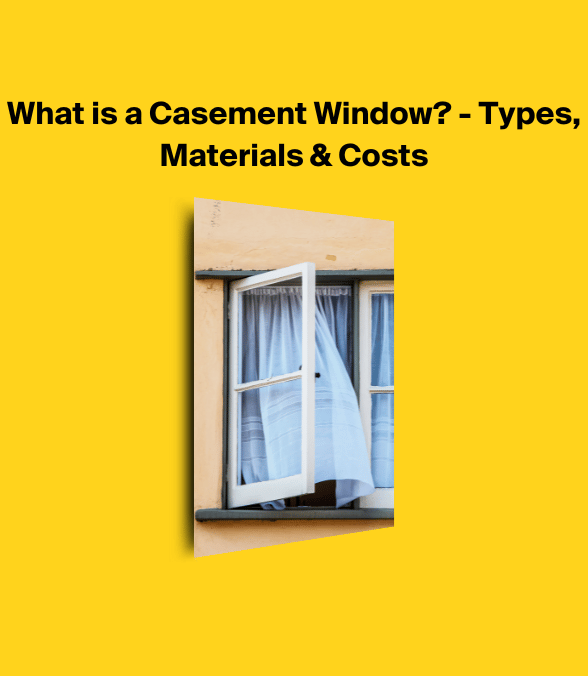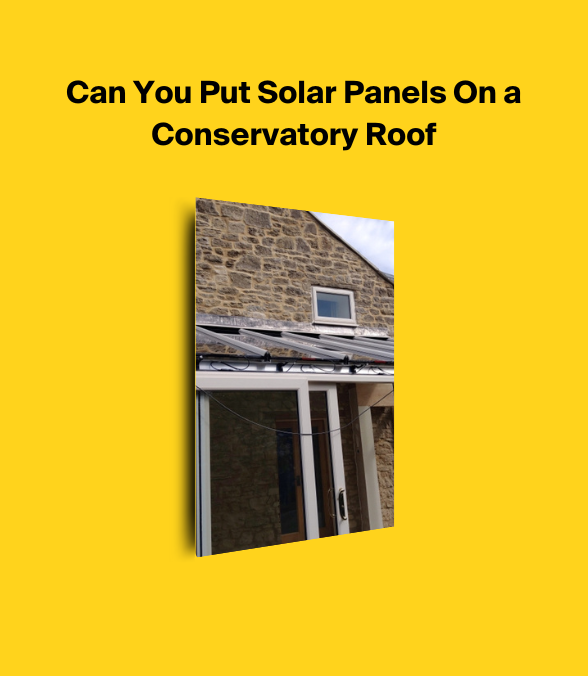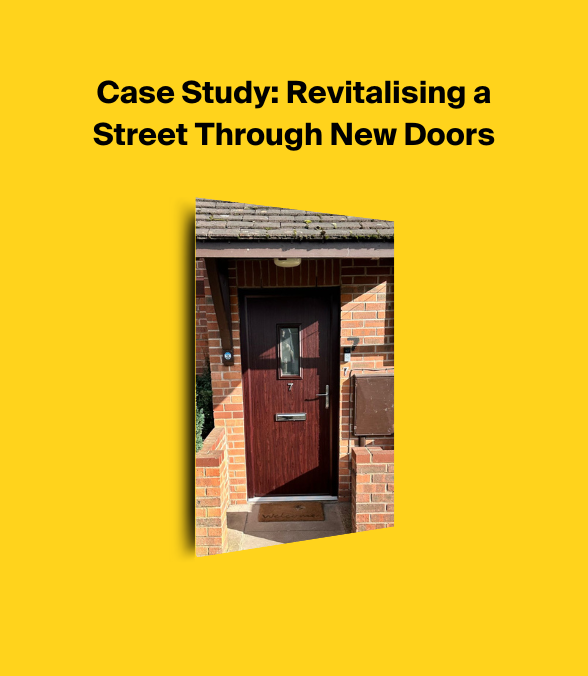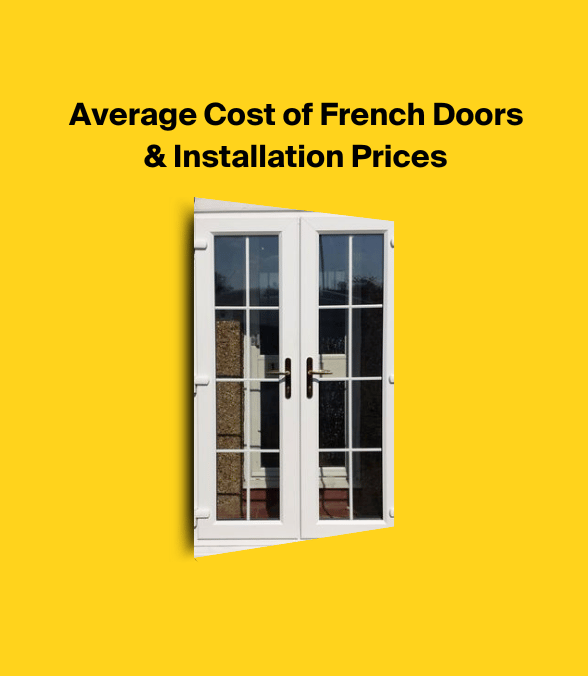Guide for Casement Windows in Homes
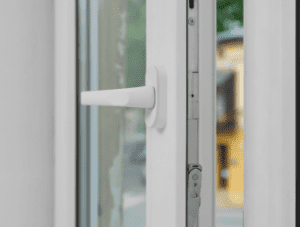
If you’re wondering, “What is a casement window?” it’s a window mounted on hinges to its frame at the side.
It swings open like a door.

Build your window today!
Get a Quote
This design allows for various benefits, including better airflow and unobstructed views.
Read on to discover the specific types of casement windows, materials, and cost considerations that make casement windows a preferred choice for many homeowners.
Casement Style Windows - Overview
- Casement windows come in various styles and operation mechanisms (e.g., side-hinged, top-hinged), offering unobstructed views, superior airflow, and customisation to fit architectural needs.
- Material choices for casement windows, including uPVC, timber, and aluminium, affect durability, maintenance, energy efficiency, and cost, with options like composite windows offering improved performance at a higher price point.
- While casement windows provide benefits such as better insulation and security, they can also have disadvantages, including potential space restrictions due to their outward-opening design and higher maintenance related to mechanical issues.
Types of Casement Windows
Firstly, it's probably best to explain a casement window and how to identify it.
A casement window, distinguished by its hinged design, typically opens outward from the side as a single or double panel.
These modern casement windows are adored for their style, which can effortlessly blend into various architectural designs, including those with French doors.
Their operation is straightforward - turn the handle, and the window swings open, offering a clear view of the world outside.
A secure stay holds the window in place, preventing unwanted movement due to wind. Traditional casement windows are also available for those who appreciate a classic touch.
Different casement window styles help provide uniqueness and cater to different aesthetic preferences and functional needs. These include:
- Single casement windows
- Double (French) casement windows
- Push-out casement windows
- In-swing casement windows
- Flush casement windows (offering a sleek frame design)
- Picture windows (maximising the glass area for an unobstructed view)
Side-Hinged Casement Windows
Side-hinged casement windows are known for their design, where they are hinged to one side of the frame, allowing them to open in or out.
Thanks to the slim profile options available, this unique design offers unobstructed views and integrates seamlessly into contemporary design.
One of the biggest advantages of side-hinged casement windows is their ability to provide superior airflow.
Whether you want a gentle breeze or maximum ventilation, these windows can open slightly or fully to accommodate your needs.
Equipped with stainless steel friction hinges, they afford users fine control over how far the windows are opened, contributing to safety and convenience.
These windows can be customised in size and design to meet various architectural needs, making them a popular choice for modern homes.
Top-Hinged Casement Windows (Awning Windows)
Top-hinged casement windows, commonly known as awning windows, bring a unique charm to your property.
Attached at the top of the frame, these awning casement window types open from the bottom outwards, providing easy access and operation.
When combined with larger, upright casement windows, top-hinged casement windows can significantly improve ventilation.
They allow a small, controlled airflow into the space, creating a fresh and airy atmosphere. Furthermore, their outward opening design prevents rain from entering the room, making them suitable for wet climates.
Comparing Casement Window Styles to Other Window Types
We've all compared certain products to weigh their pros and cons before deciding. Well, it's a good idea to do the same with a casement window.
Understanding how casement windows stack up against other window types is key despite their numerous advantages.
Casement windows differ regarding opening mechanisms, appearance, and space requirements.
For example, compared to sliding windows, casement windows can open fully for enhanced ventilation, allowing air to enter from multiple directions.
Nevertheless, sliding windows are more space-efficient because they do not require additional space for opening.
Their ease of operation, thanks to their sliding mechanism, might make them a preferred option due to their simplistic functionality.
Casement vs Sash Windows
Several differences emerge when juxtaposing casement windows with uPVC sash windows.
The most noticeable difference lies in their operation. Casement windows open in or out on a hinge, while sash windows comprise two window pane units that slide vertically over each other.
Sash windows might be less waterproof than casement windows due to their opening mechanism, making them susceptible to draughts and weather damage.
Regarding aesthetics, casement windows offer a more modern look, while traditional sash windows are often chosen for their appeal and historical significance, particularly in period homes.
Casement windows open completely and can provide unobstructed views and more natural light. Their ability to swing open for access to both sides of the glass generally makes cleaning easier.
Yet, the traditional design and complex sliding mechanism of sash windows often result in higher costs.
Casement vs Sliding Windows
Contrasting casement windows with sliding windows reveals unique features of both window types.
For instance, sliding windows operate by gliding along a track, making them space-efficient as they don’t require extra room to open like casement windows.
However, most modern casement windows have an edge in terms of ventilation. When open, they can catch and direct breezes into the building, offering enhanced airflow and superior ventilation over sliding windows.
In terms of maintenance, sliding windows often have the upper hand.
Their operational simplicity makes them easier to clean and maintain than casement windows, where reaching the exterior glass for cleaning might require more effort.
Material Options for Casement Windows
Now, you might think that this seems like just another style choice, but the material of your windows is so much more important than that.
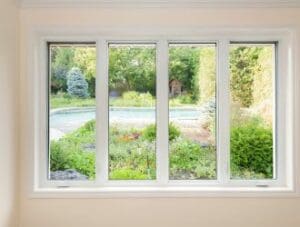
Selecting the material for the window frames is a key decision when choosing casement windows.
The most common materials include uPVC, timber, and aluminium, each offering unique characteristics.
Composite casement windows, for instance:
Combine materials like timber on the inside for aesthetic appeal and aluminium or uPVC on the outside for weather resistance.
This combination offers enhanced performance and thermal properties.
Though composite windows are more costly than uPVC or standard aluminium options, their durability, resistance to weathering and decay, and low maintenance requirements justify the investment.
Wood Casement Windows
Wooden casement windows bring a classic appeal to your property. They offer a traditional timber aesthetic that is hard to replicate with other materials, making them a favourite choice for homeowners seeking a timeless look.
Finishes such as stains or varnish can be applied to enhance their aesthetic and protect the wood.
Wooden casement windows, however, need to be regularly maintained to stay in good condition. This helps prevent potential deterioration over time.
They need periodic treatment with paint or wood preservatives to prevent the wood from cracking or blistering.
Despite this, with proper maintenance, wooden casement windows, especially durable types like oak, can last for several decades.
Regarding the cost of new windows, wooden casement windows typically start around £800. They can extend well over £2,000 per window, with installation included, reflecting the quality and lifespan of the product.
uPVC Casement Windows
uPVC casement windows have gained popularity due to their durability, energy efficiency, and affordability.
The typical cost range for standard uPVC casement windows, including installation, is between £250 to £600 per window, making them a budget-friendly option.
Another selling point of uPVC windows is their low maintenance.
They need cleaning with a damp, non-abrasive cloth, saving you time and effort. Modern uPVC casement windows come in various finishes, enabling customisation to fit different aesthetics.
Aluminium Casement Windows
Aluminium casement windows offer a balance of strength and low maintenance.
They are more resistant to warping, shrinking, and twisting than wooden frames and typically come with longer warranties due to their durability.
However, these windows are susceptible to corrosion, especially in coastal areas with salt in the air or water.
They can also be prone to condensation due to metal’s reaction to temperature changes, potentially leading to fungal growth and health issues.
Yet, they are 100% recyclable, offering environmental benefits at the end of their lifespan.
Design-wise, aluminium windows provide flexibility as they are available in multiple colours and finishes, allowing for painting or spraying to match various design aesthetics.
Glazing Choices for Casement Windows
We all want to be as energy-efficient as possible, don't we? Especially when it is the most cost-effective choice in the long term.
Beyond frame material, the glazing choice for your casement windows also has a significant impact on their performance.
Casement windows are often available with a choice of double-, triple-, or low-E glass glazing options.
These different options provide varying levels of insulation and energy efficiency.
With differing insulation levels, energy efficiency, and noise reduction, these options can significantly boost your home’s comfort and value.
Double Glazing
Double-glazed casement windows are a popular choice due to their enhanced insulation properties.
They lead to warmer interiors in winter and cooler interiors in summer, which can also reduce energy bills by preventing heat loss.
Casement windows with A-rated and A+-rated double glazing are among the most thermally efficient, further reducing heating and energy costs.
Moreover, double-glazed windows significantly reduce noise pollution from external sources, providing a quieter indoor environment.
Lastly, they are more difficult to break, enhancing the security of your home compared to single-pane options, making glass panes a better choice.
Although blown double-glazing can sometimes occur in your windows, it can be repaired and prevented in the future.
Triple-Glazing
For those seeking superior energy efficiency, triple-glazed casement windows are an excellent choice.
They offer U-value improvements of approximately 24% over double-glazed units, sometimes reducing energy costs by as much as a third.
In cold climates, triple glazing retains warmth effectively while reducing solar gain in warm climates and mitigating condensation on the interior glass.
Although triple-glazed casement windows have a 10-20% higher upfront cost than double-glazing, they can be more cost-effective in the long term by cutting energy bills and providing increased comfort.
This is why many people pay triple-glazing costs instead of their casement windows. When fitted in a home, windows should be considered a long-term investment.
These windows are highly rated for energy efficiency, typically scoring A+ or A++, and offer additional benefits such as better noise reduction and enhanced security features.
You can further improve the security of casement windows by attaching safety window film, which goes over the top of the glass panels.
Casement Window Costs
Now, for the most important part, consider the cost of casement windows! As great as these types of windows are, no one likes breaking the bank when they need new casement windows.
On average, the cost of traditional casement windows in the UK is around £200, but this can change depending on several factors.
Cost is a vital factor in the decision-making process when choosing casement windows. The overall cost is influenced by factors such as:
- Material type
- Glazing options
- Size
- Labour expenses
For instance, options like composite windows tend to be on the higher end of pricing because they offer enhanced performance and thermal properties.
Larger casement windows, such as double, triple, bow or bay windows costs, are generally higher than standard single windows due to the increased material and labour requirements.
The price can also change depending on any stylistic additions you add to your casement windows, such as window bars.
But look into Georgian bars vs astragal bars beforehand to see which ones you prefer!
Keep in mind that both material and labour contribute to the total project cost, constituting 40-60% of the budget each.
Pros and Cons of Casement Windows
Casement windows, like any product, have their own advantages and disadvantages. On the positive side, they provide:
- Better insulation value
- More airtightness than sliding windows, increasing energy efficiency by preventing cold drafts and heat escape
- Advanced security systems, such as Yale locking mechanisms and multi-point locks, enhance their resistance to forced entry
Conversely, the outward-opening mechanism of casement windows might restrict usable space in areas like walkways or patios, necessitating thoughtful placement.
Moreover, due to their weight and operational design, casement windows are susceptible to mechanical issues like sagging over time, potentially leading to higher maintenance costs.
New Casement Windows for Installation - Our Verdict
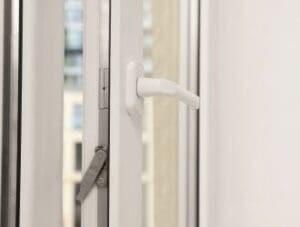
To wrap this up, casement windows are a versatile and stylish choice for modern homes.
They offer a range of design options, material choices, glazing types, and security features that can be customised.
While they may require more space and can be susceptible to mechanical issues over time, their superior insulation, energy efficiency, and security make them a worthwhile investment.
Whether you prefer the classic appeal of wood, the durability of uPVC, or the strength of aluminium, there’s a casement window to suit every home and budget.
Frequently Asked Questions
What is meant by a casement window?
A casement window is a type of window that opens outward from a hinge on one side. When fully open, it allows for better ventilation and an unobstructed view.
What is the main drawback to the use of a casement window?
The main drawback to using a casement window is that it can be quite expensive and may not be as secure as other window styles, such as sash windows. Consider these factors before making a decision.
How do casement window types compare with other types of windows?
Casement windows offer superior ventilation but require more open space than sliding or sash windows.
Therefore, they are a good option if you prioritise airflow and are willing to accommodate their space needs.
What materials are used for casement windows?
Casement windows can be made from various materials, including uPVC, timber, aluminium, and composite. Each material has its own unique set of advantages and disadvantages.
What are the glazing options for casement windows?
The glazing options for casement windows include double, triple, and low-E glass, each offering varying insulation levels, energy efficiency, and noise reduction.
Consider these options when choosing glazing for your windows.

